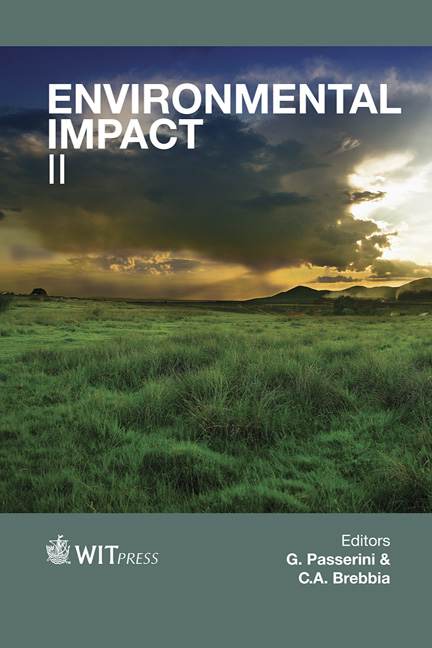Tropospheric Ozone Behaviour As A Function Of Precursor Emissions
Price
Free (open access)
Transaction
Volume
181
Pages
12
Page Range
3 - 14
Published
2014
Size
1,927 kb
Paper DOI
10.2495/EID140011
Copyright
WIT Press
Author(s)
S. Carletti & G. Passerini
Abstract
Several air-quality monitoring stations, located along the Marche Region coastline, recorded, over the last decade, high concentrations of tropospheric ozone. For this reason, analysing the formation of photochemical smog, particularly in an Area at High Risk of Environmental Crisis (AERCA) became a crucial task. To evaluate ozone dynamics as a function of precursor emissions and local meteorology, we implemented a modelling system made of RAMS (Regional Atmospheric Modelling System), EPS3 (Emission Processor Ver. 3), CAMx (Comprehensive Air quality Model with eXtensions), and OSAT (Ozone Source Apportionment Technology). CAMx is an Eulerian photochemical dispersion model that allows the assessment of gaseous and particulate air pollution over many scales ranging from sub-urban to continental. Thus CAMx is the kernel of the modelling chain while the OSAT tool allows CAMx to track source-region and source-category contributions to the predicted ozone concentrations. For any selected receptor and for any selected period, the model gives information about the likely distribution of ozone and ozone precursors by source category and by source region. Similarly, it assesses whether the ozone at the selected time and location would more likely respond to upwind NOX or VOC controls. By means of such models, it was possible to map the ozone behaviour in diverse areas and to assess the impacts of different types of source emission and sectors. Such results also allowed us to develop a possible choice ozone-control strategy to reduce ozone peaks and to avoid ozone episodes. Keywords: tropospheric ozone, CAMx, OSAT, air control strategies.
Keywords
tropospheric ozone, CAMx, OSAT, air control strategies.





